Pigment
Lightfast Pigments
For the most part, I use pigments of the highest lightfastness as paints: dispersed in natural gum or polymer, and often in the form of dry drawing sticks and pencils.
Pigments are coloring matter, substances used for art painting in the form of a dry powder mixed with a binder that constitutes paints, pigment (India) inks, and dry media compounds.
Pigments are colored or achromatic organic or inorganic solids. They are usually insoluble chemically stable and retain a crystal or particulate structure.
Color Index Code
By the color classification method, pigments are coded:
pigment yellow (PY), orange (PO), red (PR), violet (PV), green (PG), brown (PBr), black (PBk), white (PW), metal (PM).
Pigment Lightfastness
I use only permanent and very lightfast pigments, blue wool 7-8 or ASTM I.
Blue Wool and ASTM Standards
- Blue wool (BW) lightfastness levels: from 8 (extremely lightfast) down to 1 (fugitive).
- ASTM - American Society for Testing and Materials - lightfastness categories: from I (excellent) to V (poor).
- BW 7-8 = I. Excellent lightfastness, suitable for artistic use, will remain unchanged for more than 100 years of light exposure.
- BW 6 = II. Very good lightfastness, suitable for artistic use, unchanged for 50 to 100 years with proper display.
- BW 4-5 = III. Fair lightfastness, impermanent, unchanged for 15 to 50 years, last longer if used full strength or with extra protection from light.
- BW 2-3 = IV. Poor lightfastness, fugitive, begins to fade in 2 to 15 years, even with proper mounting and display, not suitable for artistic use.
- BW 1 = V. Very poor lightfastness, fugitive, begins to fade in 2 years or less of light exposure, not suitable for artistic use.
I use single-pigment paints and drawing implements that are based on primarily inorganic pigments.
Inorganic pigments have excellent light and heat resistance and weatherability. Inorganic pigments include titanium dioxide, carbon, iron and chromium oxides, mixed metal oxides, manganese oxide, cadmiums, lead chromate, ultramarines, iron blue, chrome green, etc.
My main lightfast pigment groups, grouped by main chemical element, from more often used to less:
- Iron oxide pigments: sanguine, Venetian red, red oxide, raw and burnt sienna, raw and burnt umber, yellow ochre, Prussian blue, black iron oxide.
- Carbon pigments: natural charcoal, graphite.
- Titanium pigments: titanium white.
- Sulfur pigments: french ultramarine, ultramarine green shade, and violet.
- Cadmium pigments: cadmium yellow, deep red, scarlet.
- Cobalt pigments: cobalt violet, blue, cerulean, turquoise.
- Manganese pigments: manganese violet.
- Chromium pigments: Viridian.
- Zinc pigments: zinc white.
- Lead pigments: Naples yellow.
- https://www.naturalpigments.com
- https://handprint.com/HP/WCL/pigmt6.html
- https://www.nga.gov/research/publications/pdf-library/artists-pigments-vol-1.html
- http://www.artiscreation.com/Color_index_names.html
- https://www.additivesforpolymer.com/pigment-definition-classification
- Mark Gottsegen, The Painter's Handbook
- Karen Colby, A Suggested Exhibition Policy for Works of Art on Paper
-
Lonely Jonas
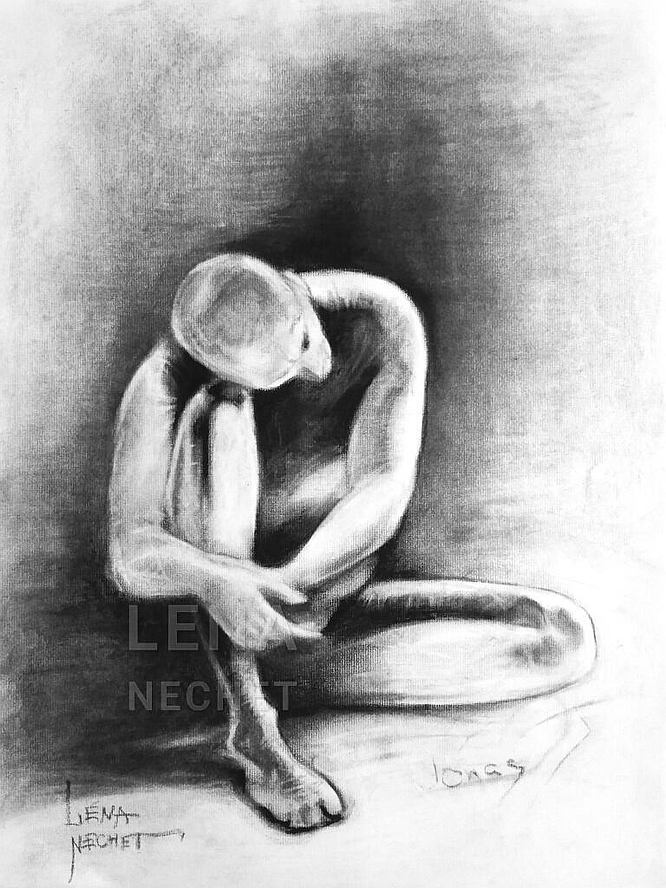
-
Entry Level
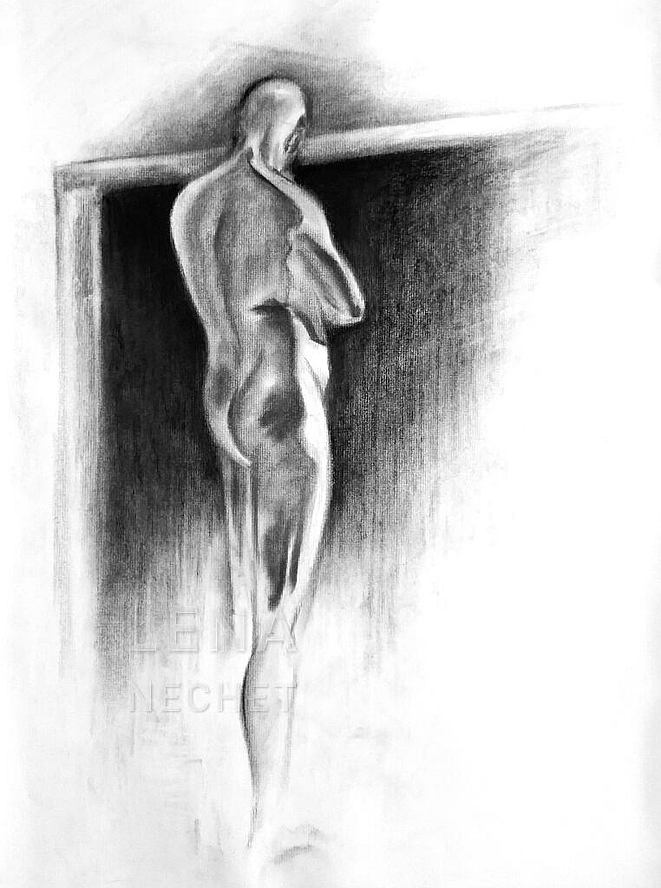
-
Day Stop
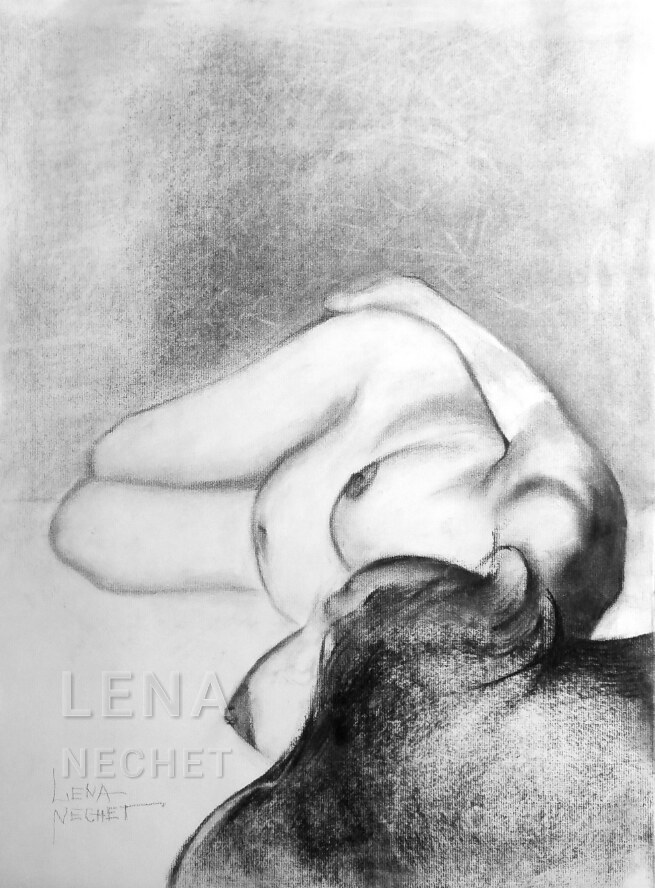
-
Top Light on Female Figure

-
Late Realization
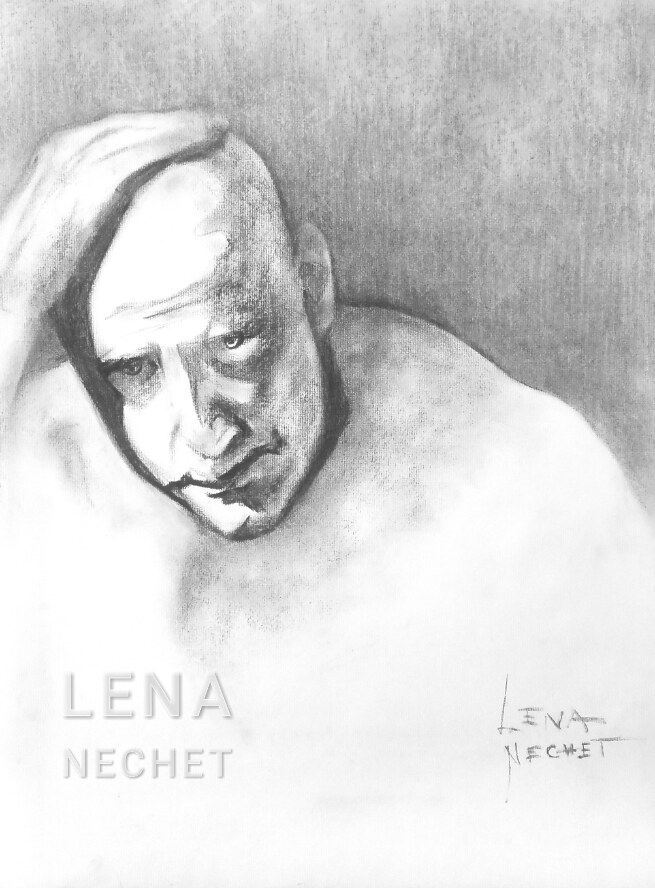
-
Two Brothers
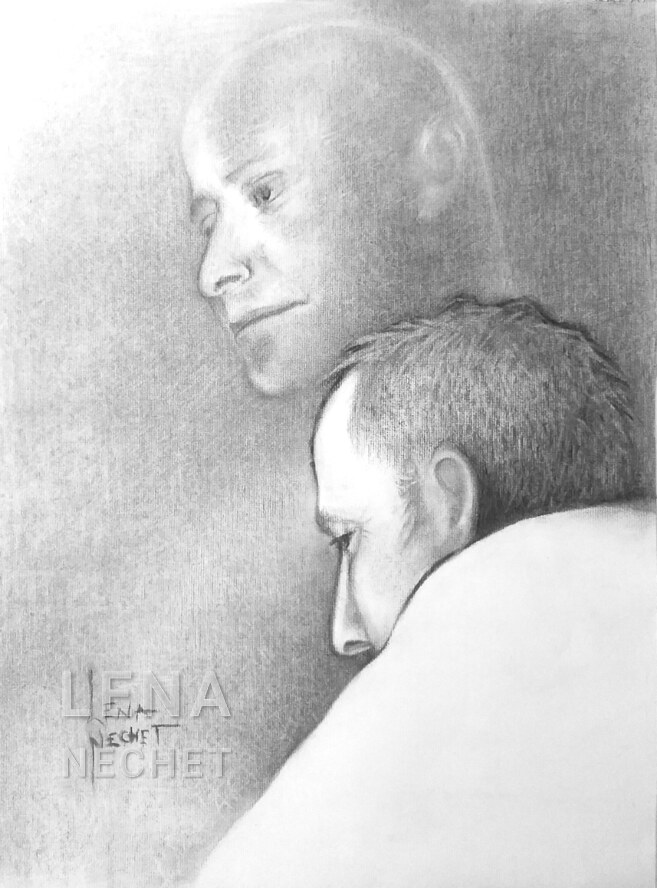
-
Competition Contemplated

-
Open in Vain
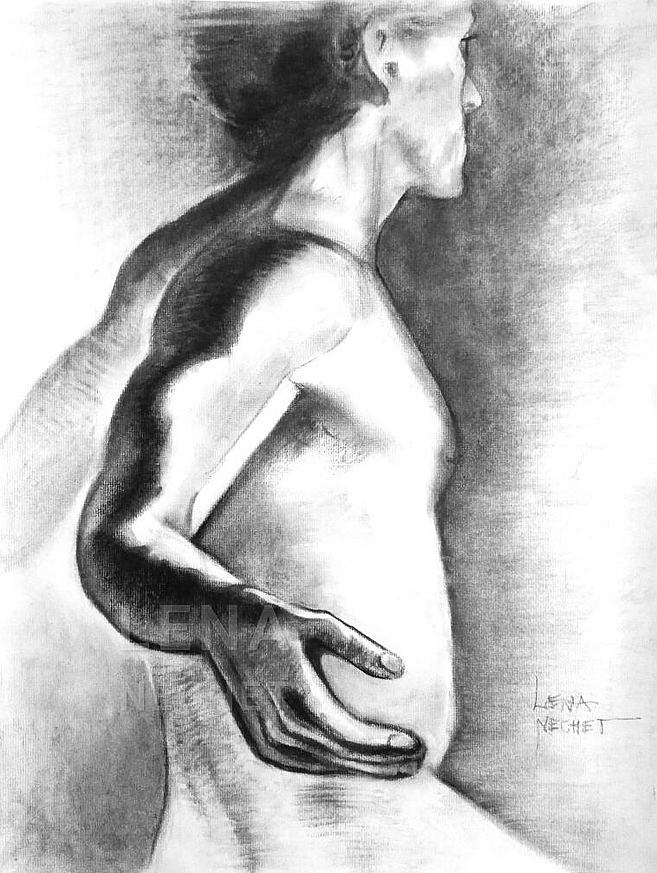
-
Virginia Triangle
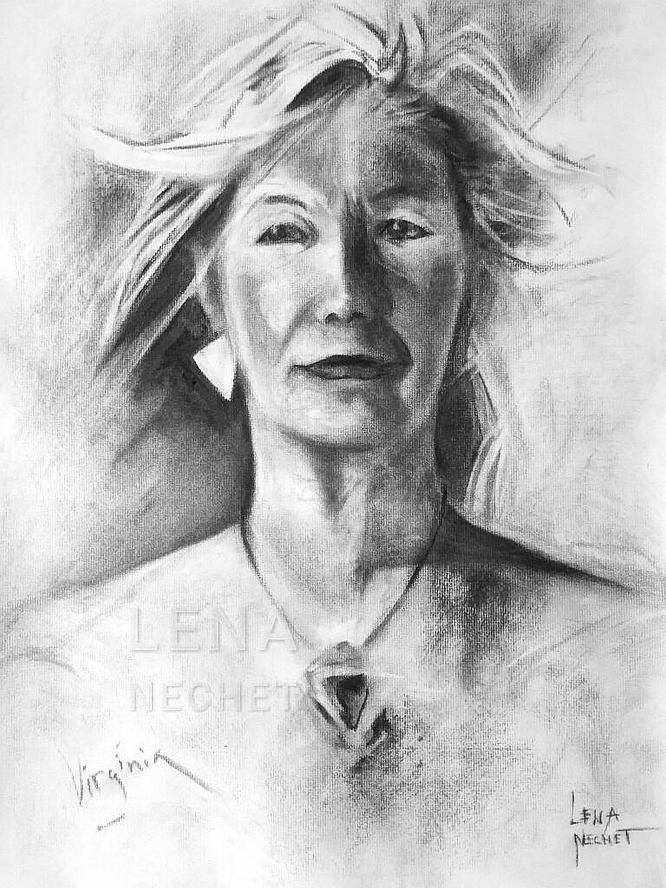
-
Virginia Laughing

-
Sensual Dream
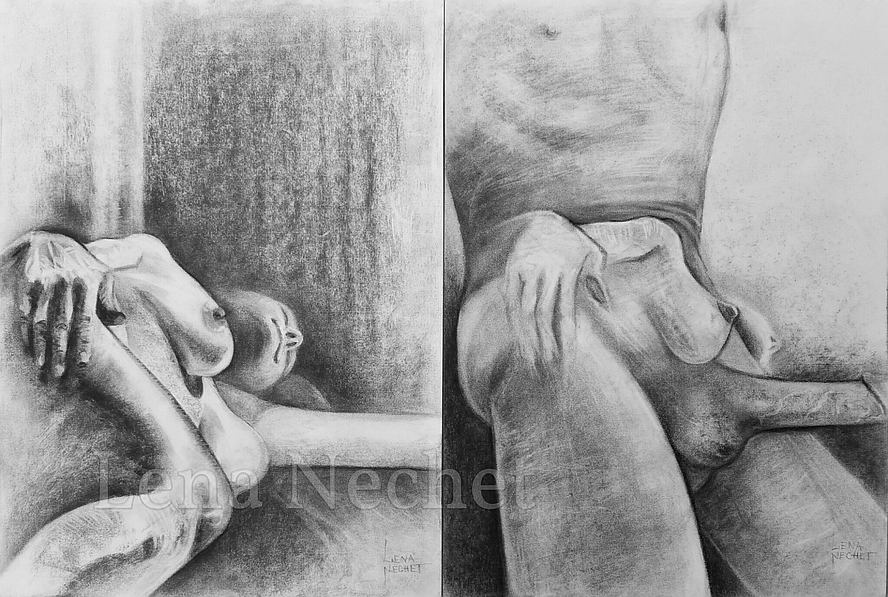
-
Arousal by Power
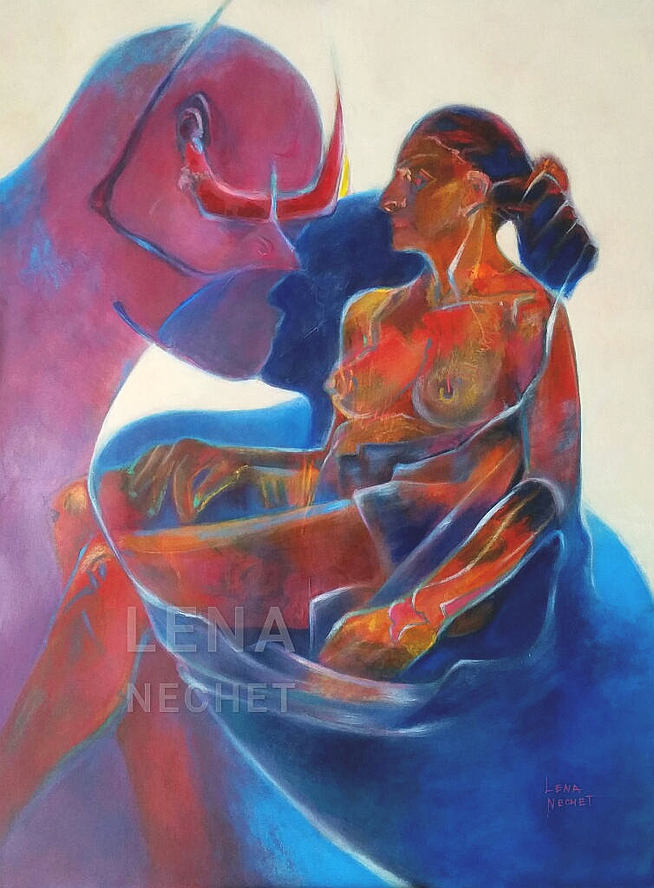
-
Landing Layers

-
In Enso
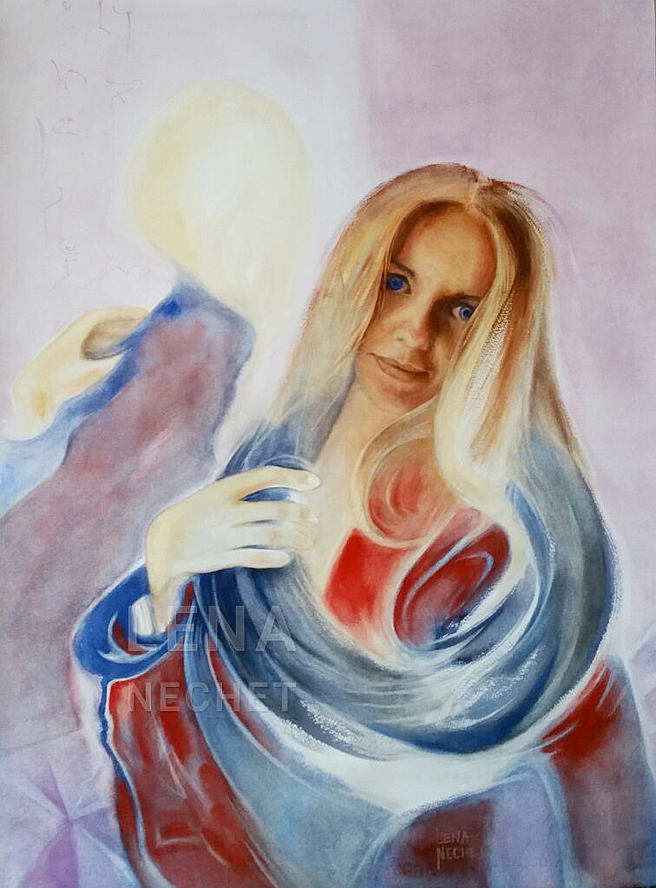
-
Turned Male
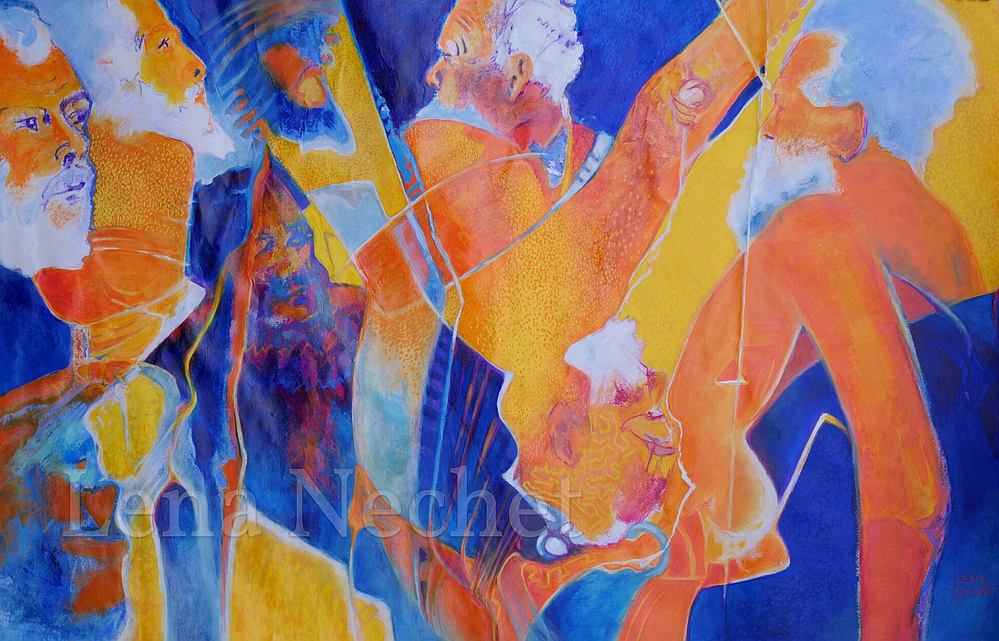
-
Arrival of the Fourth
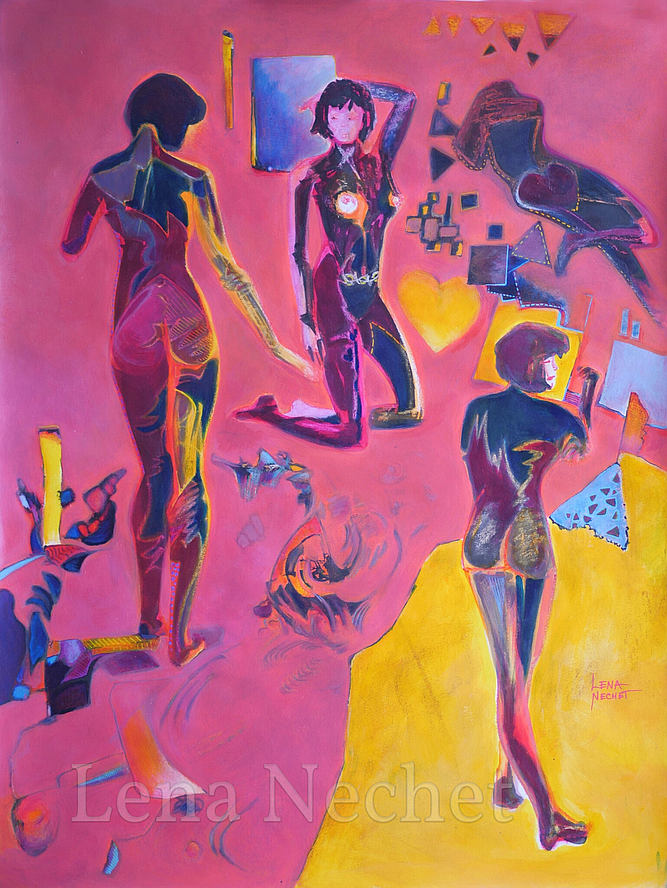
-
Paradise Dilemma
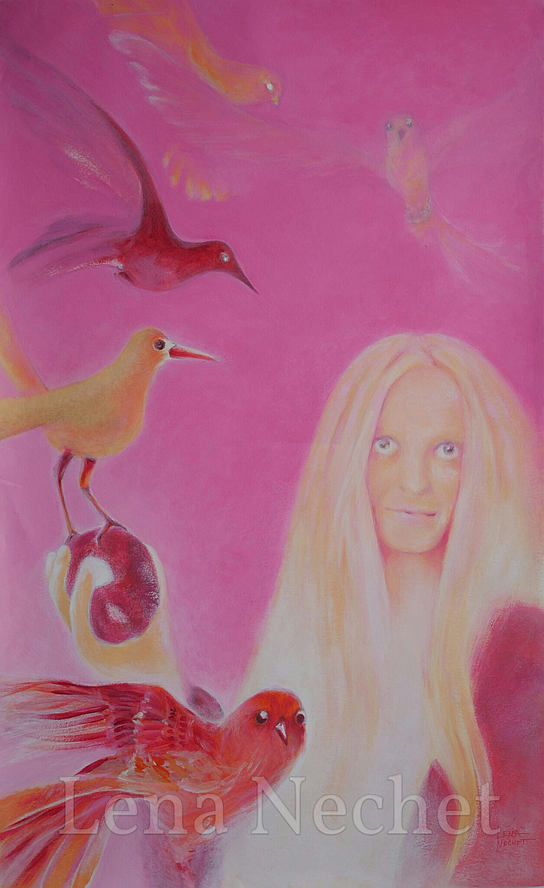
-
Girl in Blue
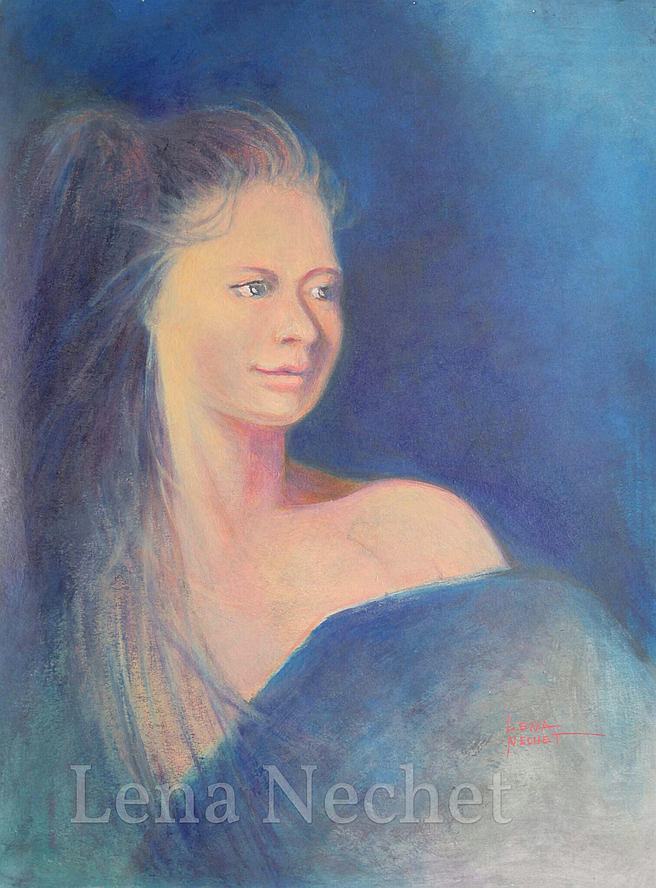
-
Justified Jealousy
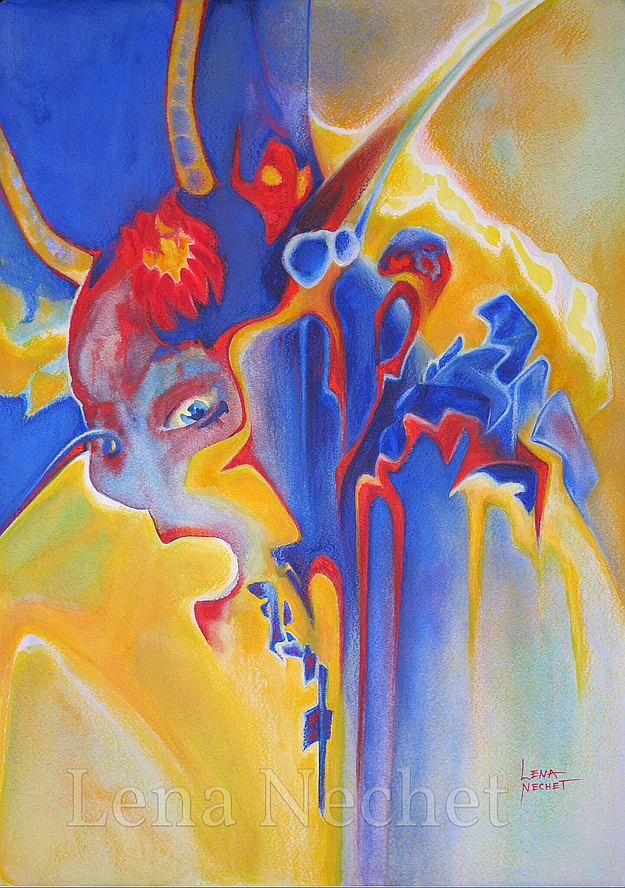
-
Never in Japan
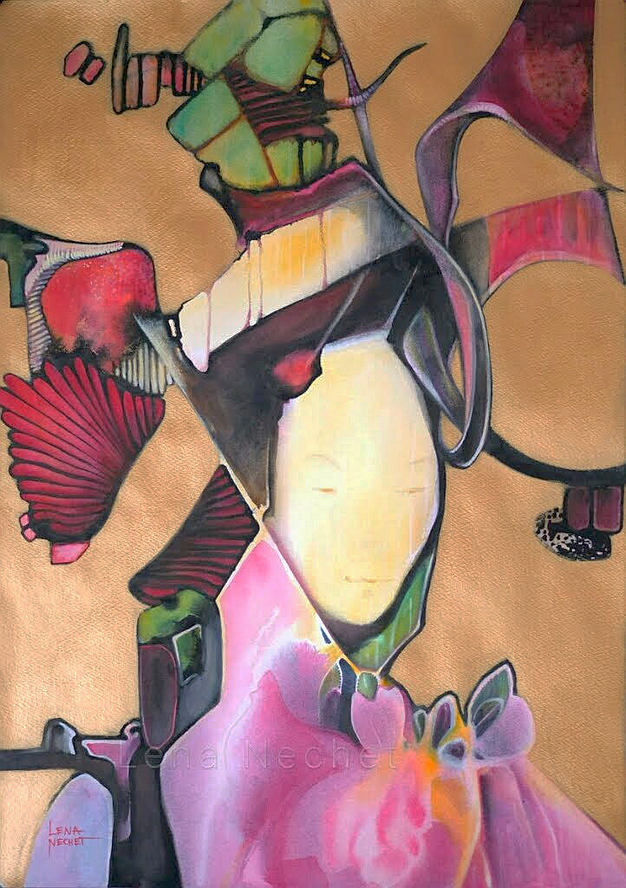
-
Ash Astronaut
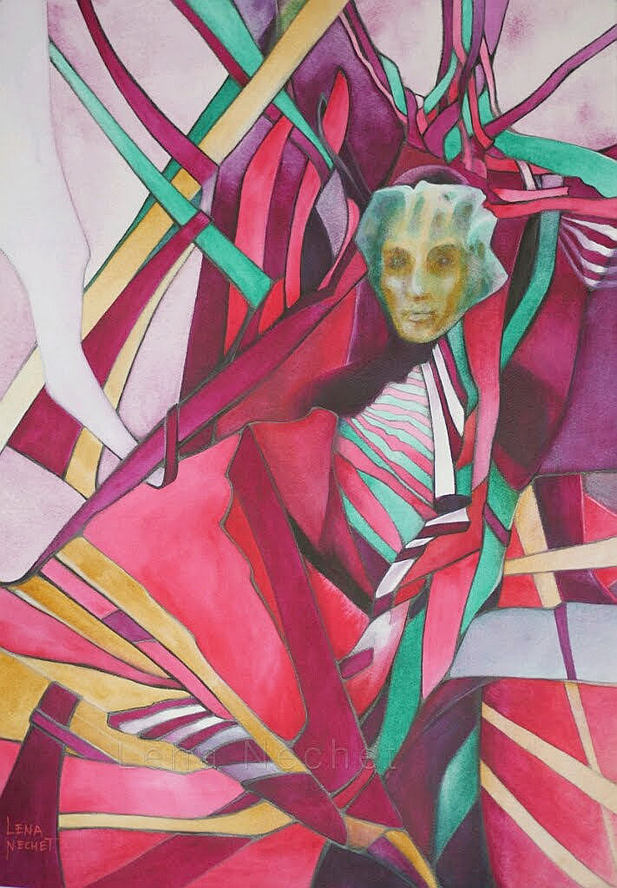
-
Mitochondrial Eve
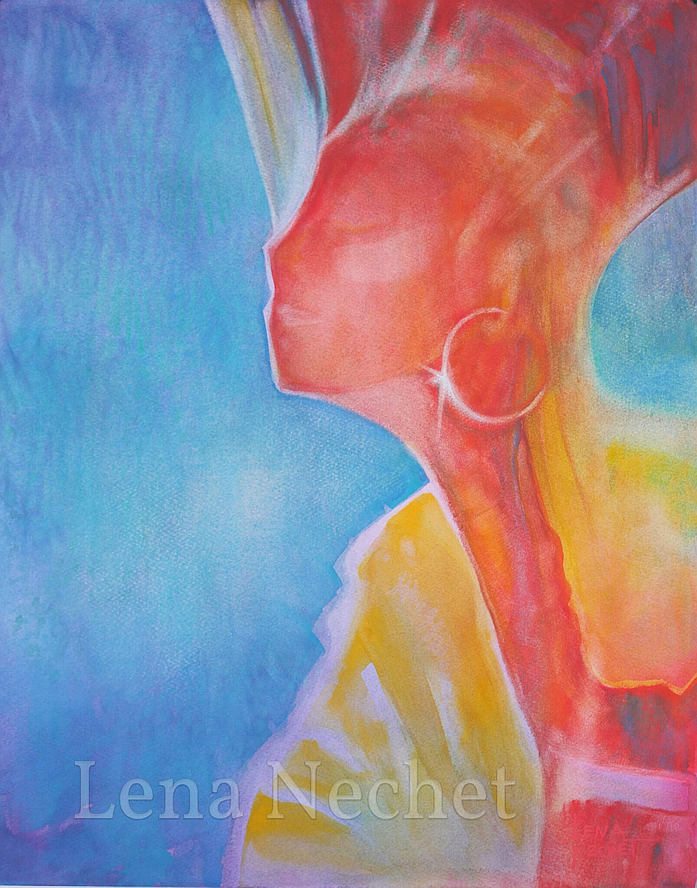
-
Weed Aggression
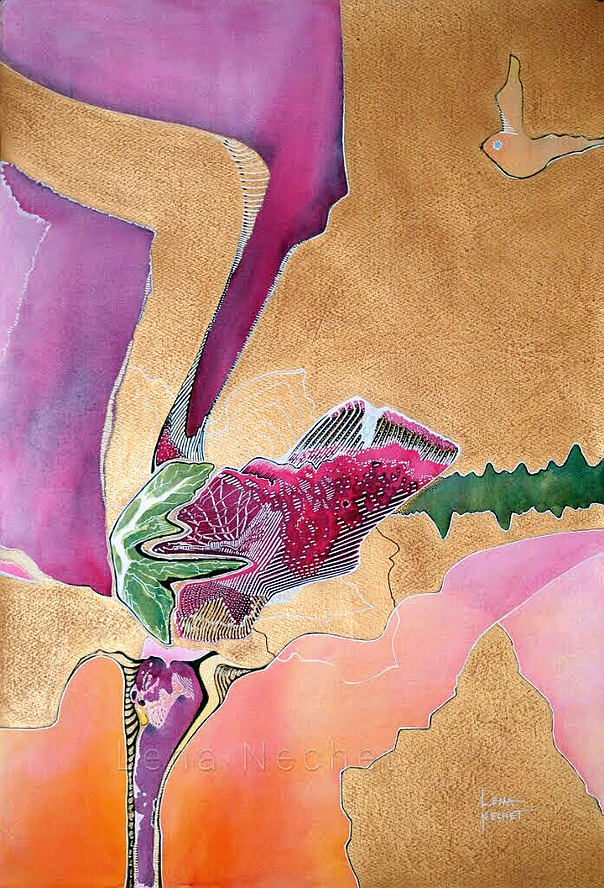
-
Intertwined Names
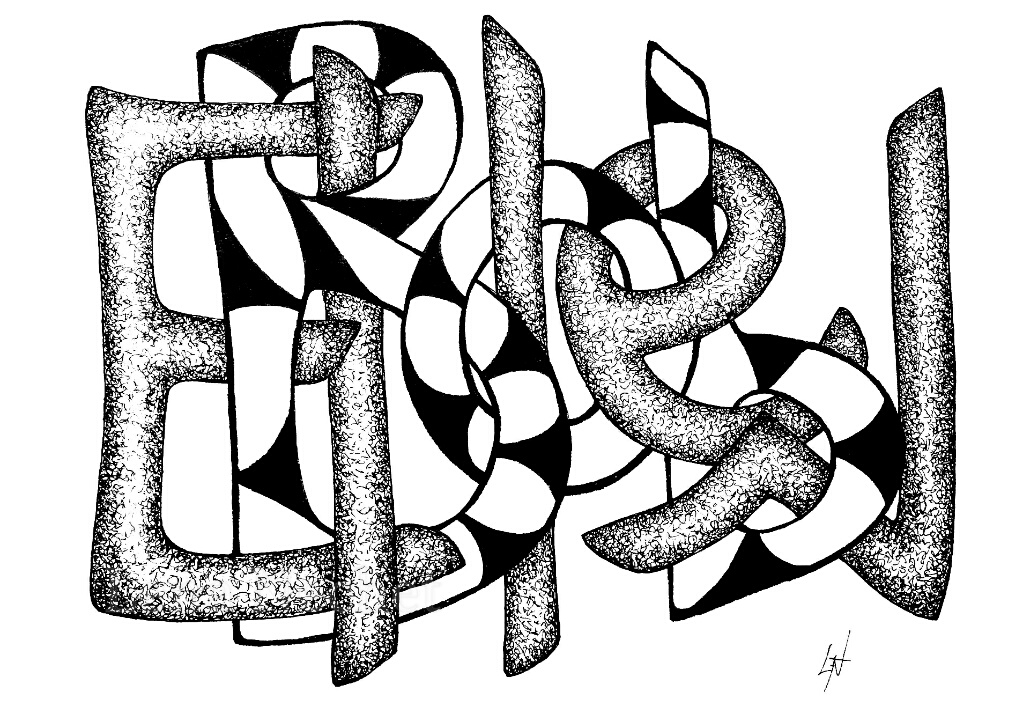
-
Giant Serpent and Ophicleide

-
Dry Blues
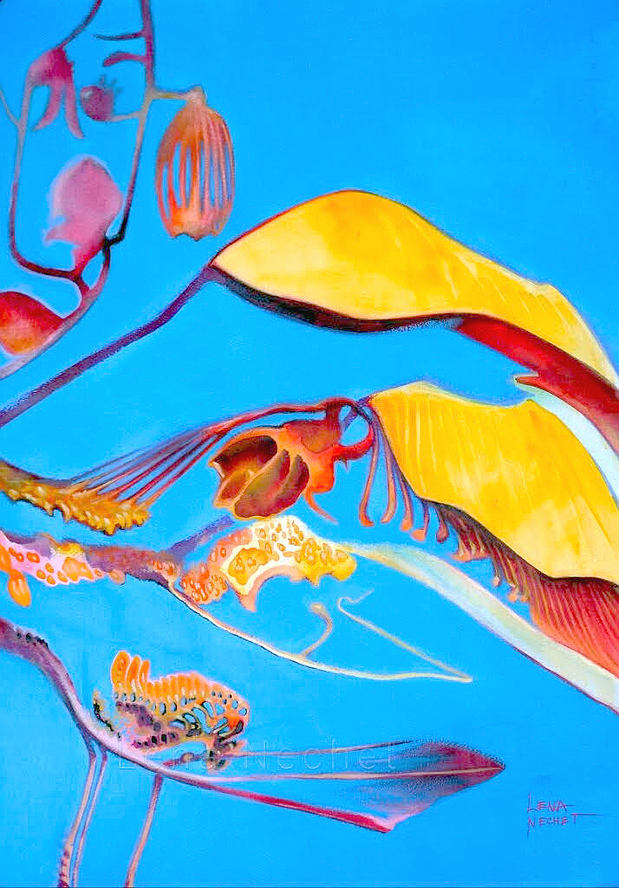
-
Tower Cafe
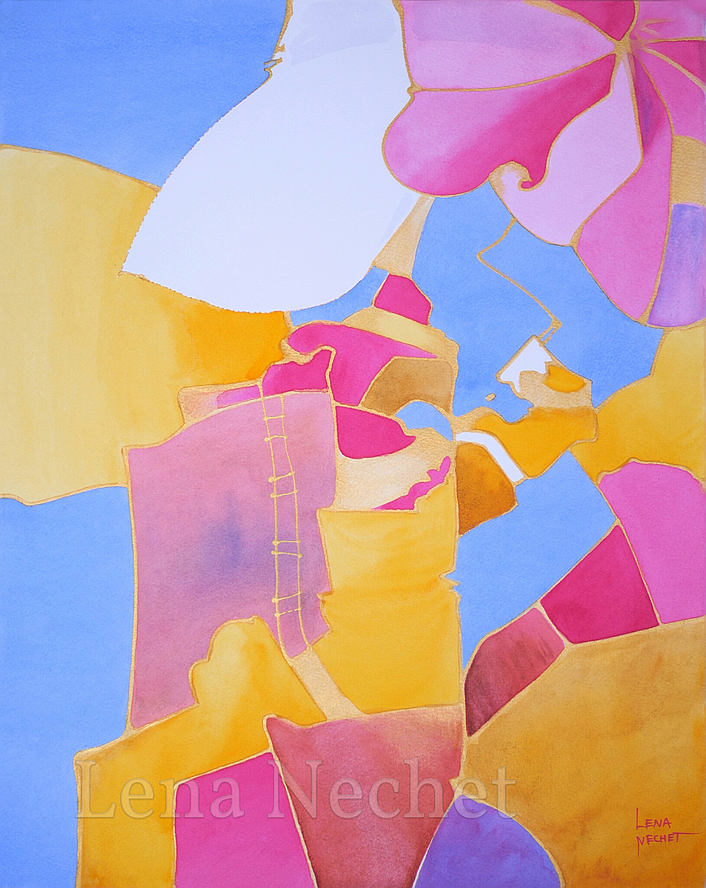
-
Beach Bar
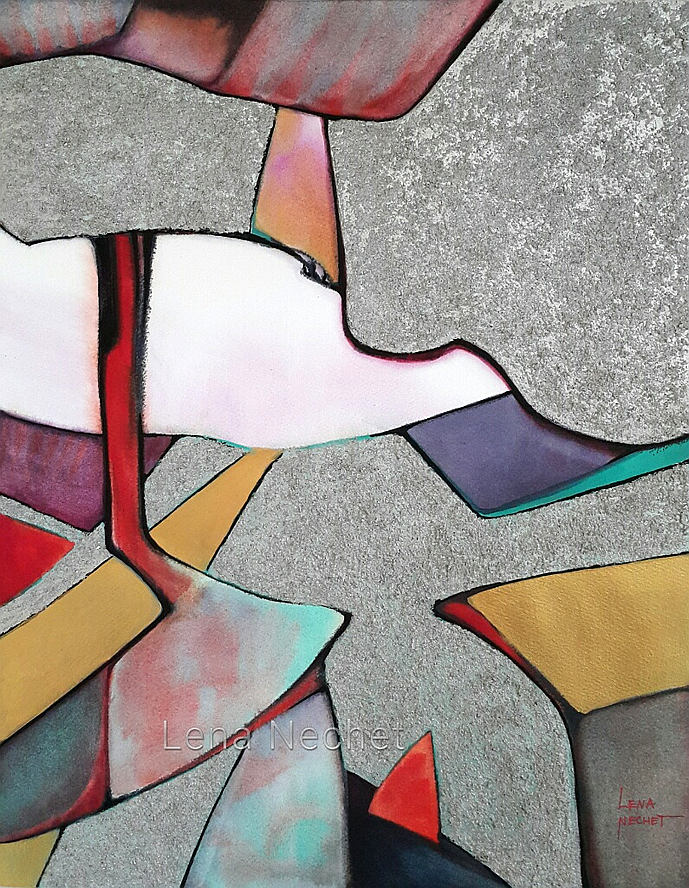
-
Peel-Off Reality
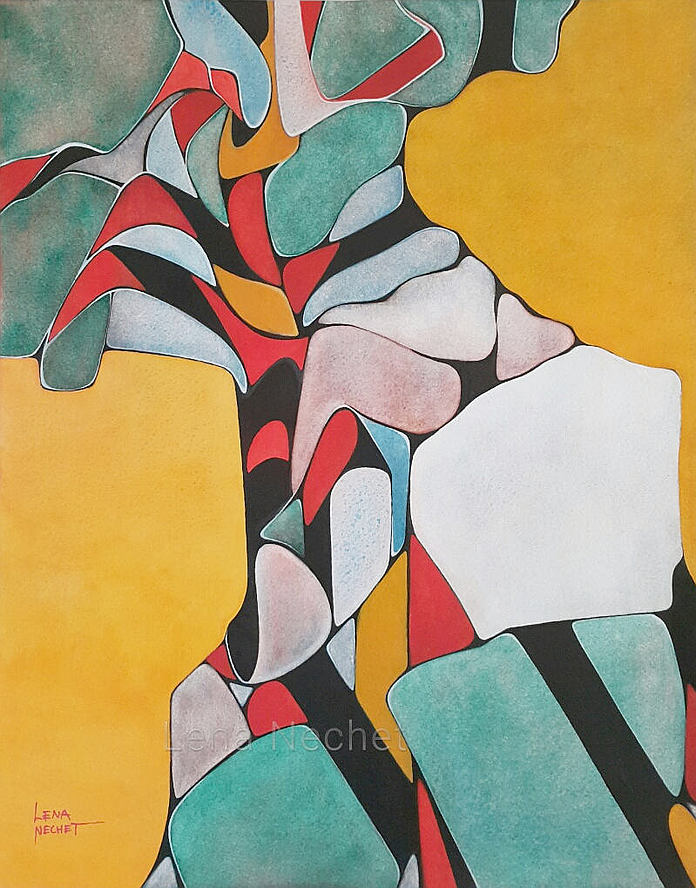
-
Sailing Shift
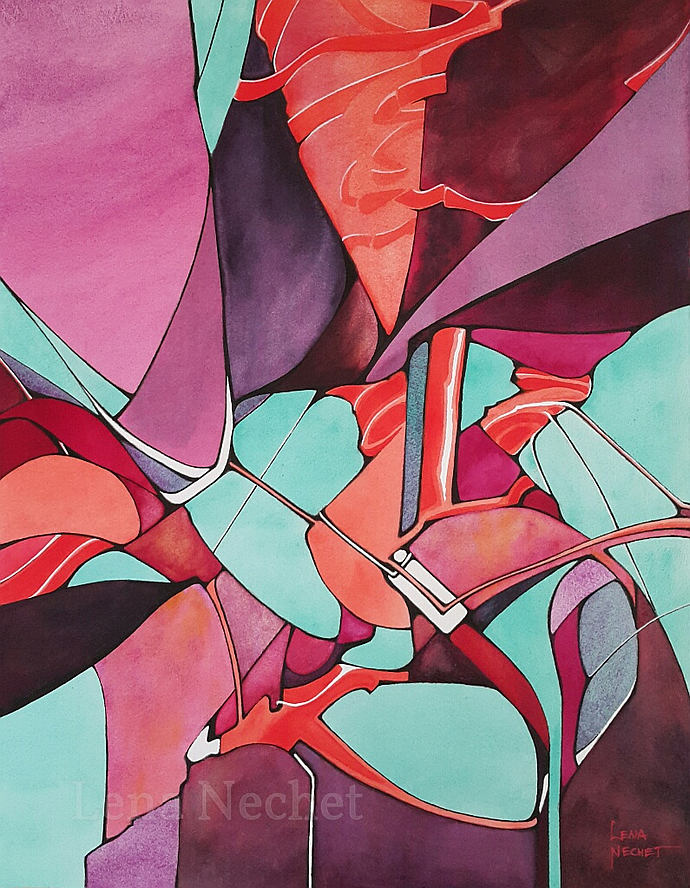
-
Up Rising
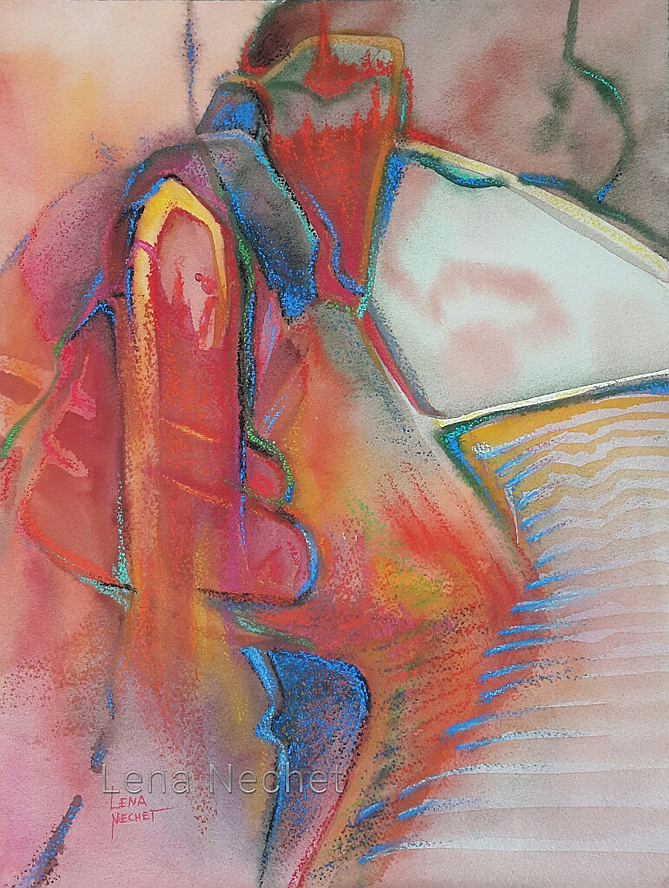
-
Californian Backyard
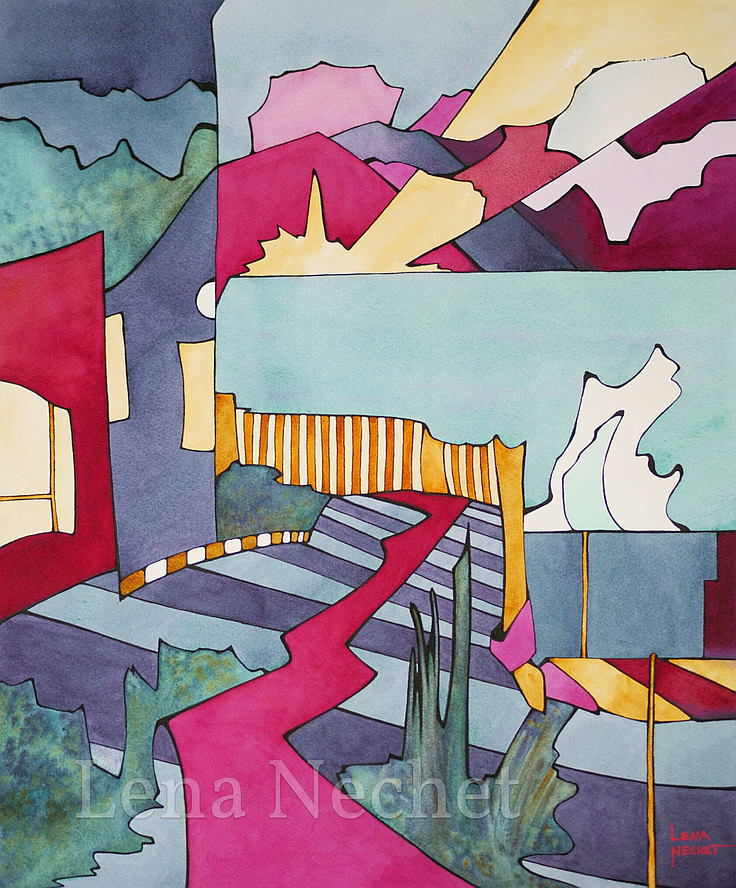
-
Embroidery Tree
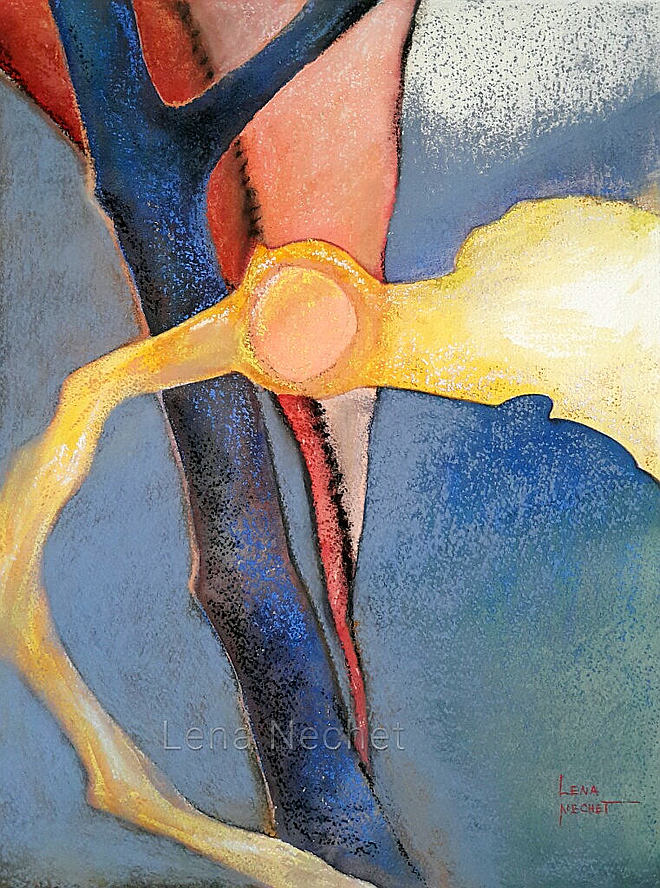
-
Testosterone Drive
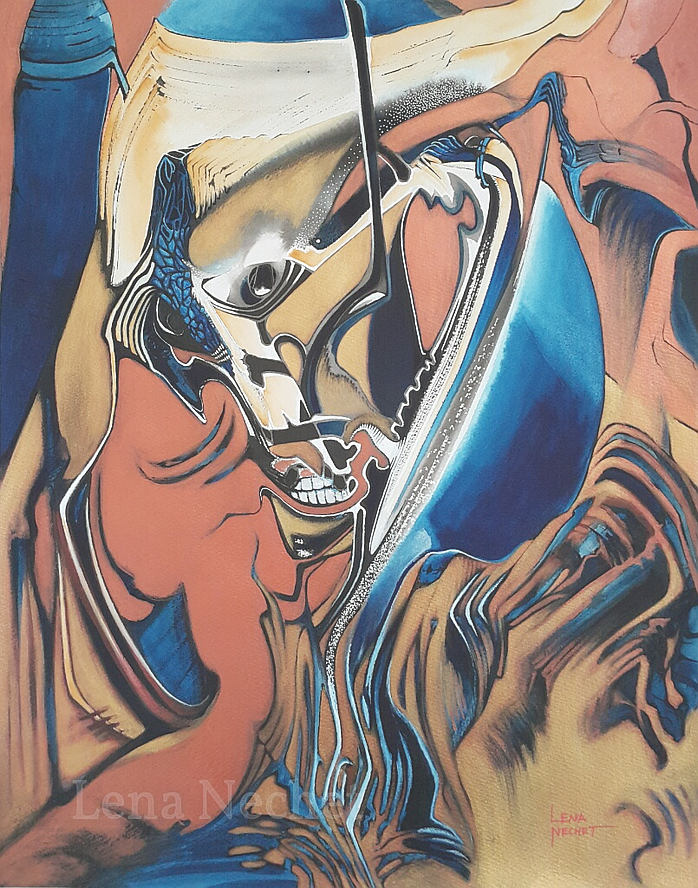
-
Neighborhood Watchtower

-
Splendid Waste
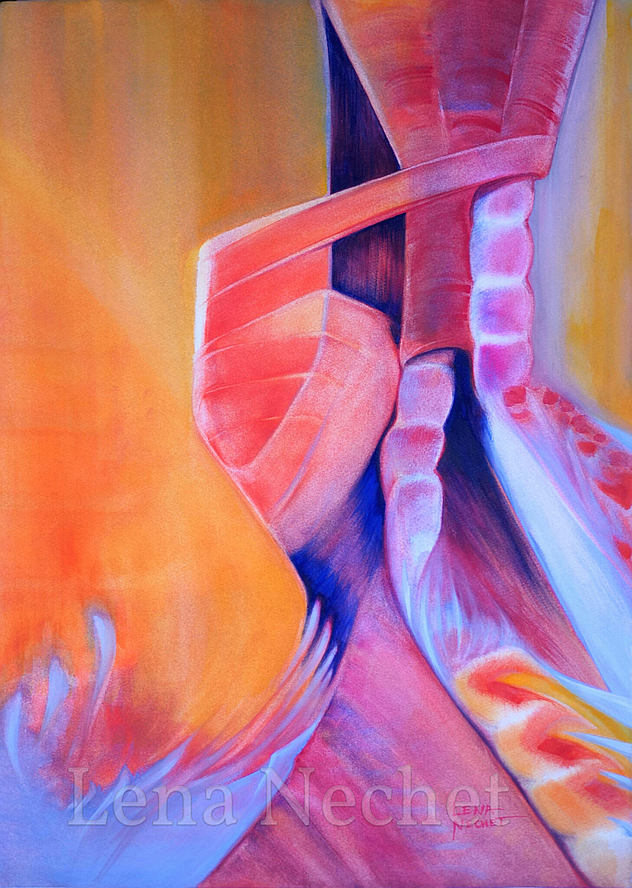
-
Fish Nightmare
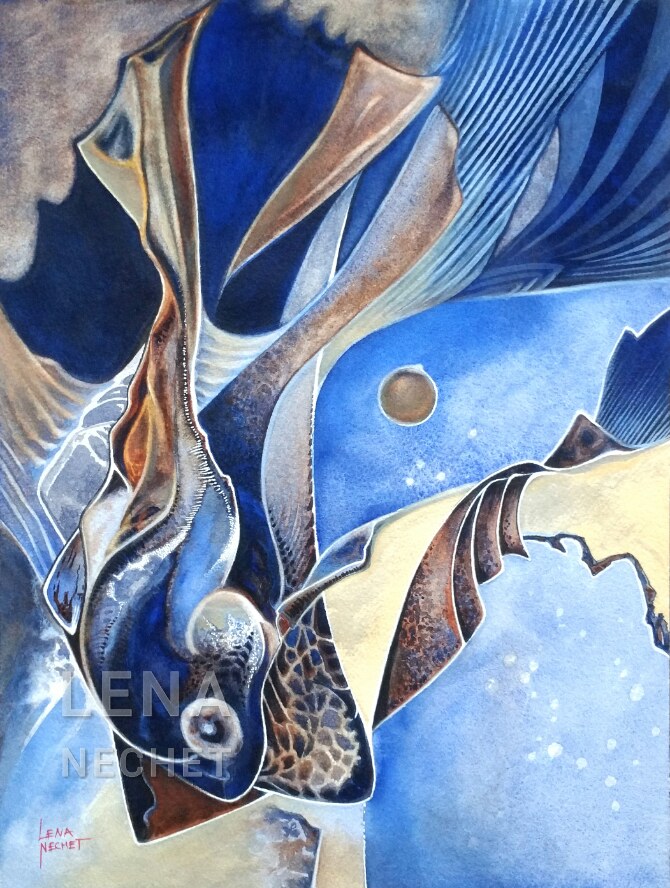
-
Gender Trance
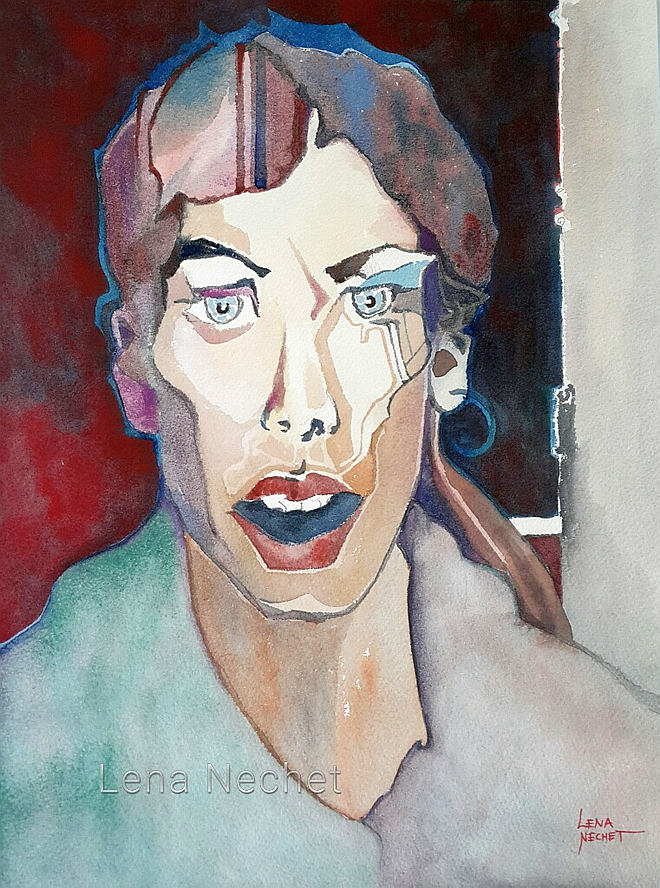
-
Shell Shimmer
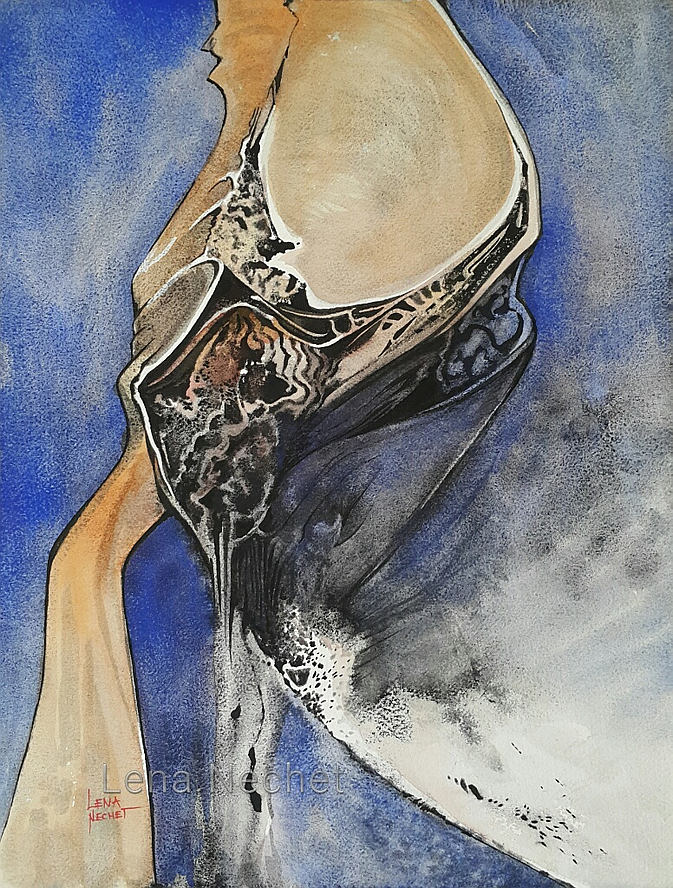
-
Swirl Formation
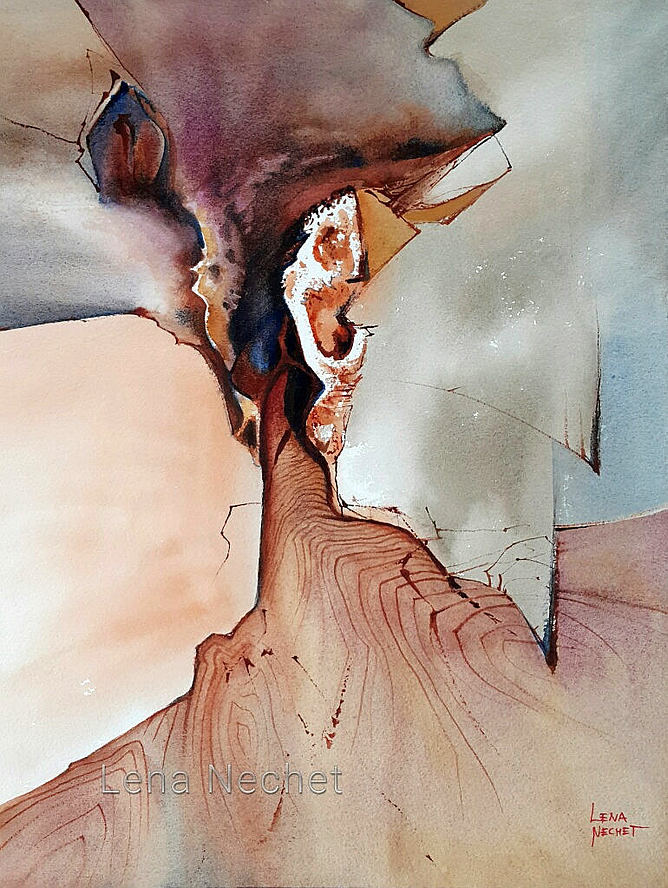
-
Bushido Attitude

-
Bushido Code
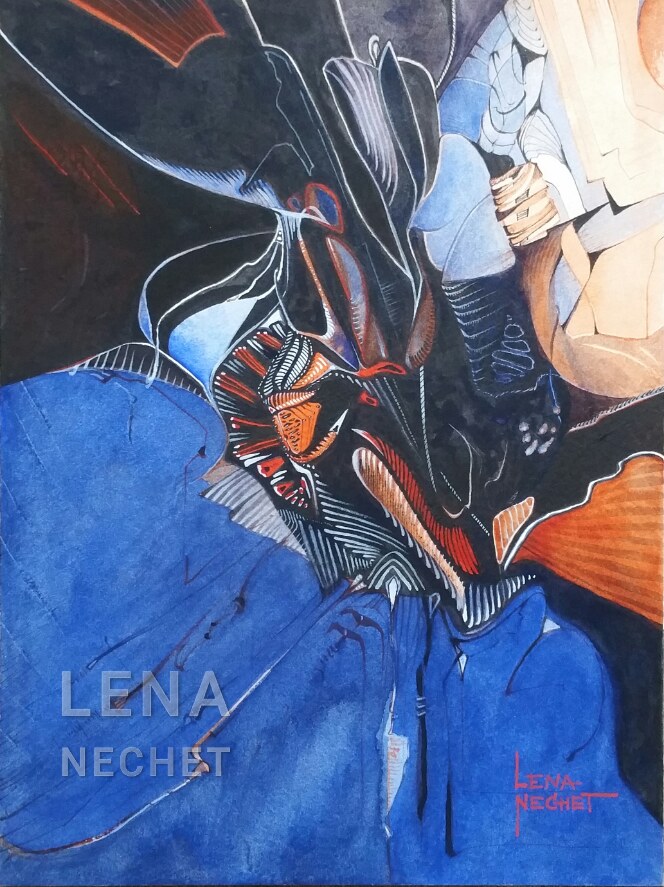
-
Flower Family
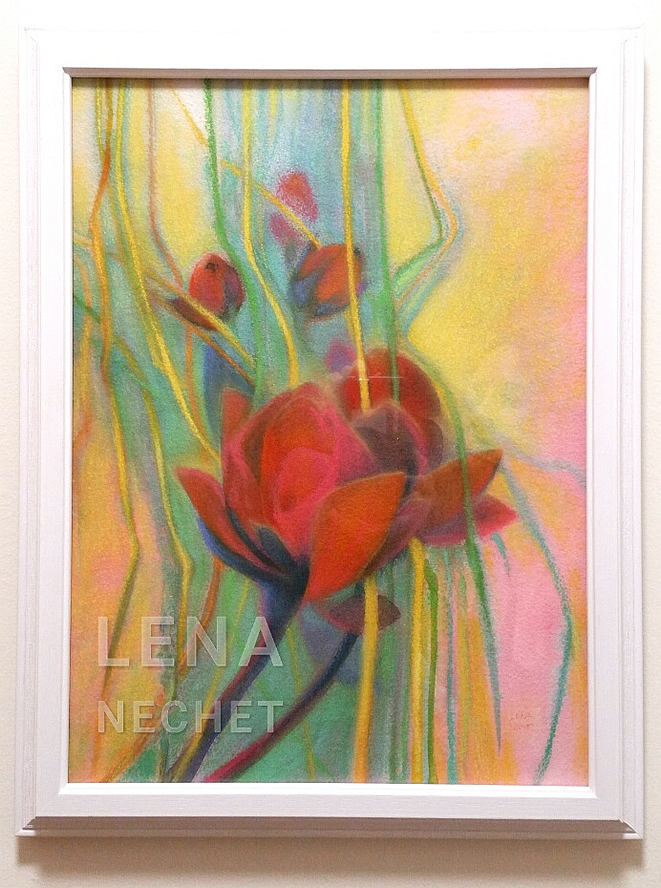
-
Safety Horizon
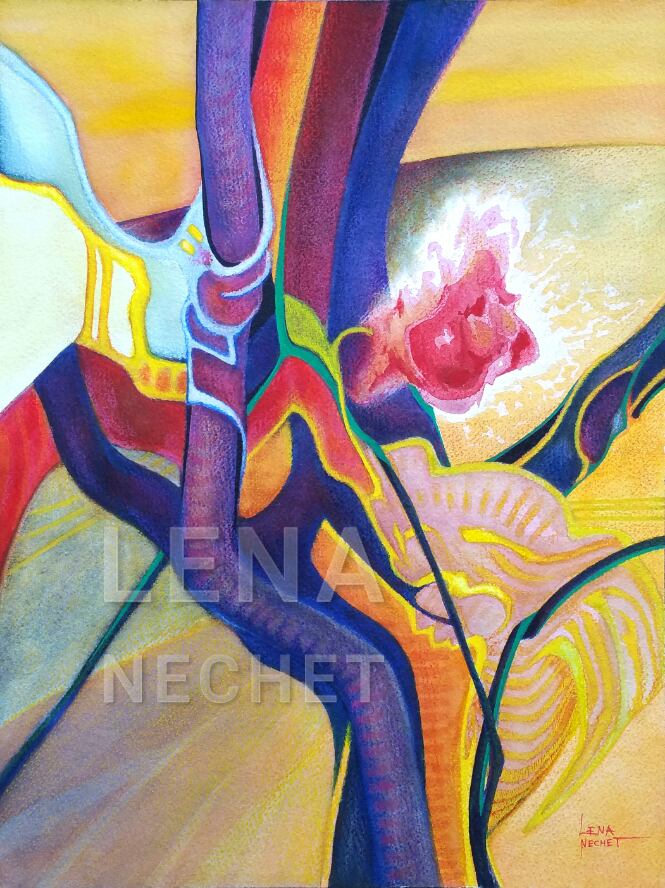
-
Uplifting Depth
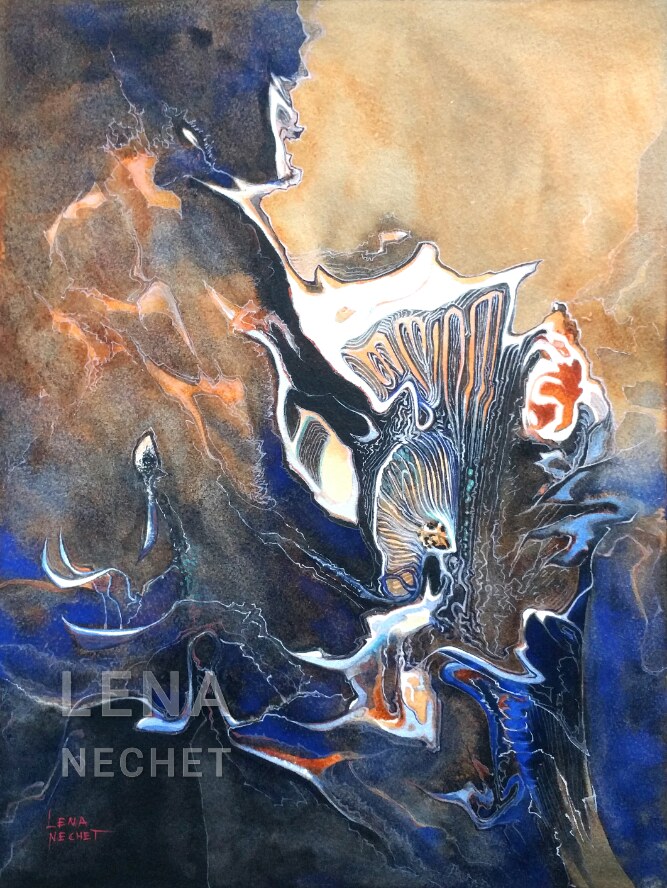
-
Party Favors
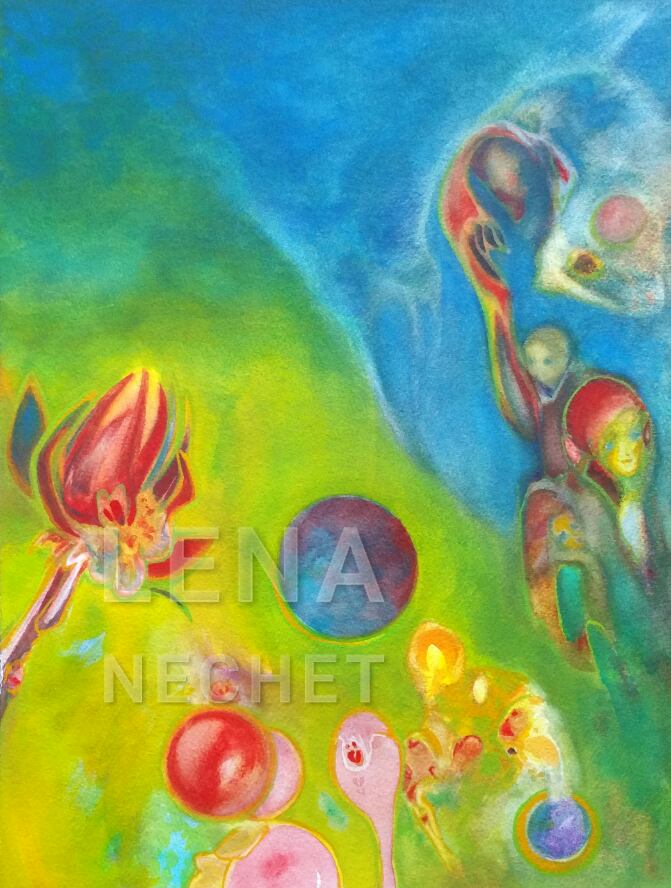
-
Tribal Fire
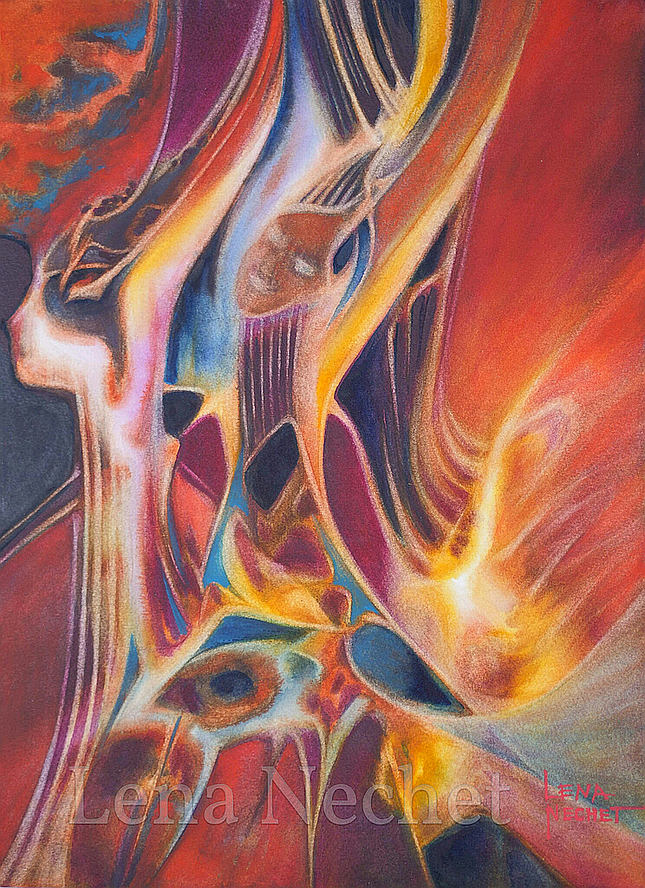
-
Fall Religion
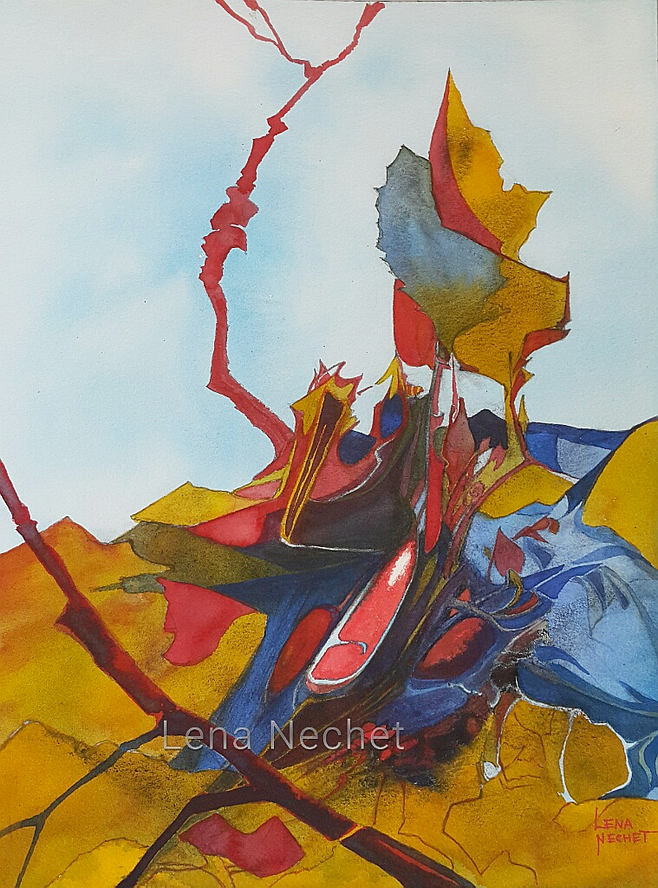
-
Match Street
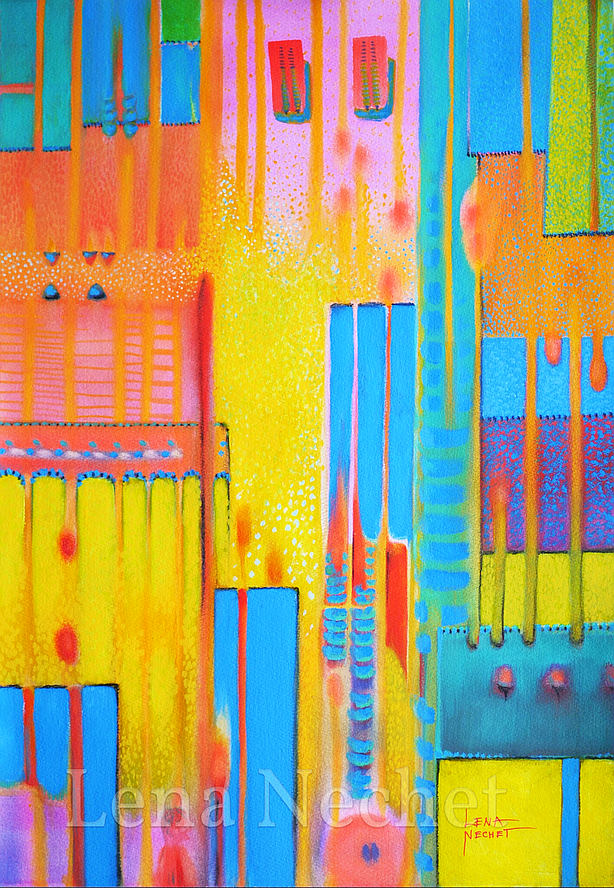
-
Crown Thorn
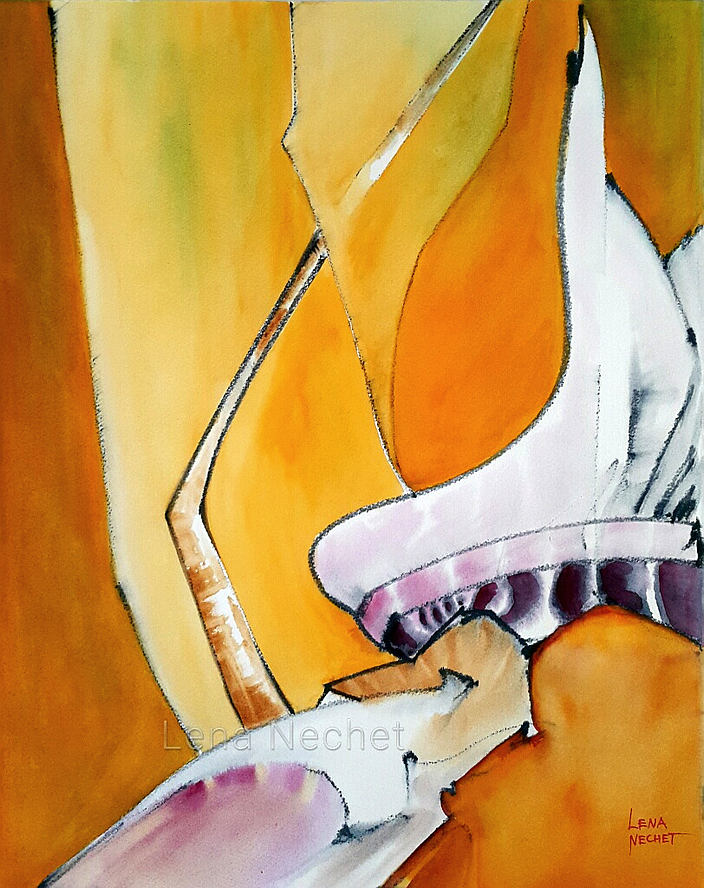
Page 1 of 2
